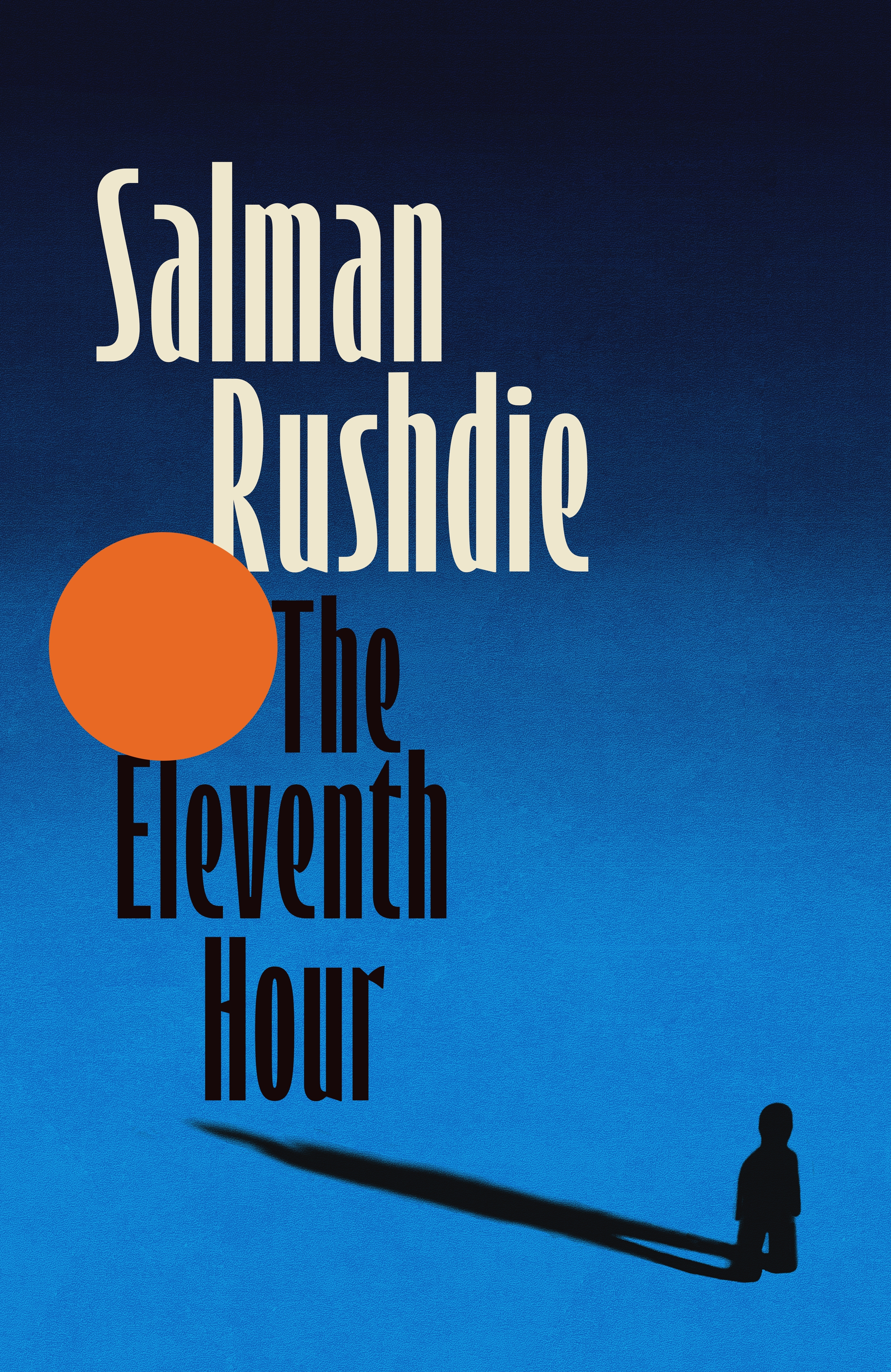All About Yves
Allen & Unwin, $29.99 pb, 319 pp
Living the questions
Yves Rees’s memoir All About Yves charts their experience of coming out as trans. The book documents the challenges of the transition in a colonial society built for and around the gender binary. Rees invites the reader into their everyday life. The point is to make their ‘gender legible in a world that refuses to see it’, and the author sets out from this premise.
On the back of mounting tension during their adolescence, a realisation arrives on holiday in Canada after taking the psychoactive THC. Waking to the dawn light, Rees hears a voice in their head: ‘You’re not really a woman.’ By afternoon, Rees has a tattoo of a Rilke quote in German on their wrist: Lebe die Fragen (‘Live the questions’). Social media is used as a scrapbook and tool through which to be seen and acknowledged, as well as to find and create communities. The relief and joy of connecting with transgender models, bakers, writers, and students on Instagram are palpable for Rees; the feeling of finding their people.
The chapter ‘Reading the Mess Backwards’ (which won the 2020 Calibre Essay Prize) delves into those teen years and upbringing in the author’s family of origin and speaks of the ‘pallid feminism dished up in the Howard era’. Here are Rees’s first recognitions of not fitting in.
The book contains repeated descriptions of self-starvation, ‘revelling’ in the feeling of hipbones on concrete. In a later chapter, Rees fantasises about ‘slicing’ off their breasts. These images evoke hagiographies. All About Yves will offer solace for those experiencing ambiguity about their gender, and readers are left asking how societal systems could be restructured for the gender diverse. The essay ‘Trapped in a Body’ is a useful starting point for anyone unfamiliar with the history of gender diversity and its lineage in indigenous cultures. Rees, a historian and academic by trade, notes that some 168 indigenous languages in the United States have terms to describe a person who is neither woman nor man. One of these words, nádleehí, of the Navajo Nation, includes masculine women, feminine men, and intersex people, and means ‘constant state of change’.
The idea of living the questions, of becoming as a principle, is seen through different lenses. The goal is not a quest but rather one of experiencing, living, and being comfortable with the in-between. Despite the author having changed names from Anne to Yves, the former stays around, having done much of the legwork for the latter’s research career. For all the difficulties of having two names, Rees says ‘a part of me revels in the contortions of two selves. There’s a glorious theatre, a strange kind of liberty, in having multiple identities at my disposal.’
Within a medical model that views deviation as illness, the gender binary is enforced in both theory and practice. The idea here is: if you’re not one, you must be trying to reach the other. But neither side is where the author belongs. ‘I can no longer live as a woman, but nor do I desire to enter the parallel universe of men.’ Rees describes having to perform a certain role to gain the diagnosis they need to live the way they feel. This role follows an outdated script: ‘I mention the skateboard; omit the pink T-shirts and fairy wings. The full truth is so messy, too messy.’
Rees receives a diagnosis of severe gender dysphoria. This opens the option of medical transition, the framework structured around the binary. This is not the path for Rees: ‘I am not a man. Gender is fluid, and some days I’m more masculine than others, but never do I belong in the world of men.’ They concede: ‘There’s no point escaping one ill-fitting costume just to adorn myself in another.’ Here Rees tacitly raises questions about the medical model and its ability or otherwise to recognise and accommodate a fuller range of lived realities. In this world, it seems even relatively basic sexual fantasies are pathologised. Imagining oneself with a penis penetrating a woman is termed autoandrophilia, a ‘condition’ associated with transsexualism (wait until mainstream medicine discovers strap-ons).
The chapter ‘Screen Time’ is compelling for its insistence on positive representation and the repercussions for the trans community if the depictions are negative. Visibility alone won’t change power dynamics. (Rees quotes Anne Boyer on this.) Changes of perception and attitude are needed whereby trans experiences are presented as part of the human experience. ‘There is a danger in ignoring the body. It knows things, deep in the guts.’
The chapter ‘They’ is a lesson on not using the wrong pronouns and on the emotional pain produced from mis-gendering. Rees’s mother is one of the stars of the book, having introduced them to feminism. ‘My mother was a Libber, I am a trans person, but beneath those labels we’re fighting the same fight.’ Inspired by her child, Rees’s mother asks them to call her Grace rather than ‘Mum’, a name used solely inside the child–parent relationship. Rees notes that their mother is still becoming – ‘she reminds me it’s never too late, not for anyone’.
In the final chapter, ‘Destination Trans’, Rees returns to the root of it all. The Latin term trans means both ‘across’ and ‘beyond’. Trans stands alone, beyond gender or sex: ‘beyond the binary, beyond the categories, beyond the rules and prescriptions. Always becoming, forever unresolved.’ There is a sense that the imaginative possibilities in the defeat of patriarchal systems are only just beginning to unfold.











Leave a comment
If you are an ABR subscriber, you will need to sign in to post a comment.
If you have forgotten your sign in details, or if you receive an error message when trying to submit your comment, please email your comment (and the name of the article to which it relates) to ABR Comments. We will review your comment and, subject to approval, we will post it under your name.
Please note that all comments must be approved by ABR and comply with our Terms & Conditions.